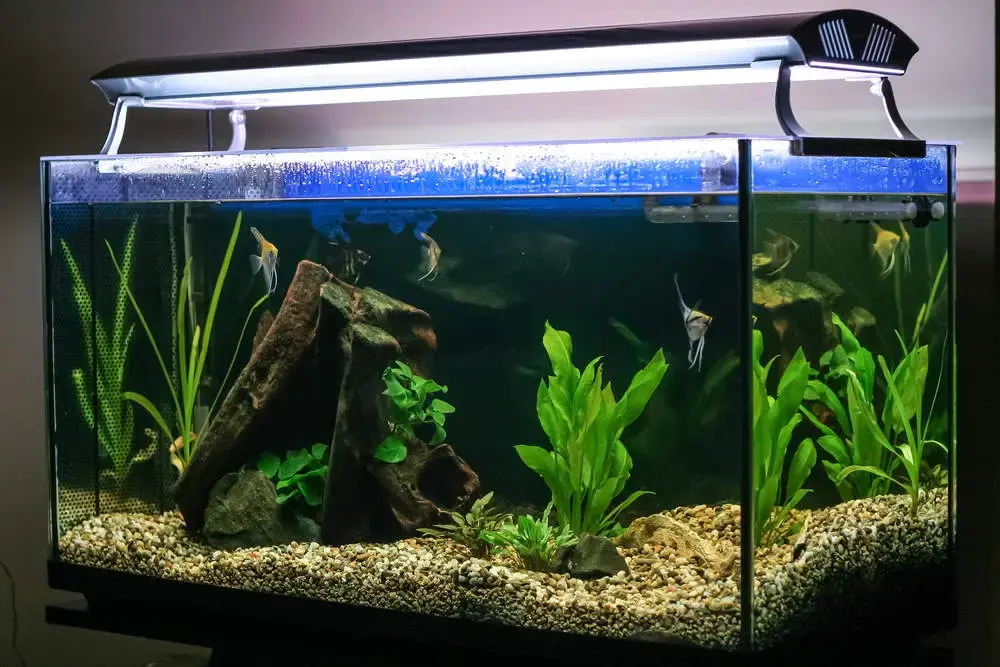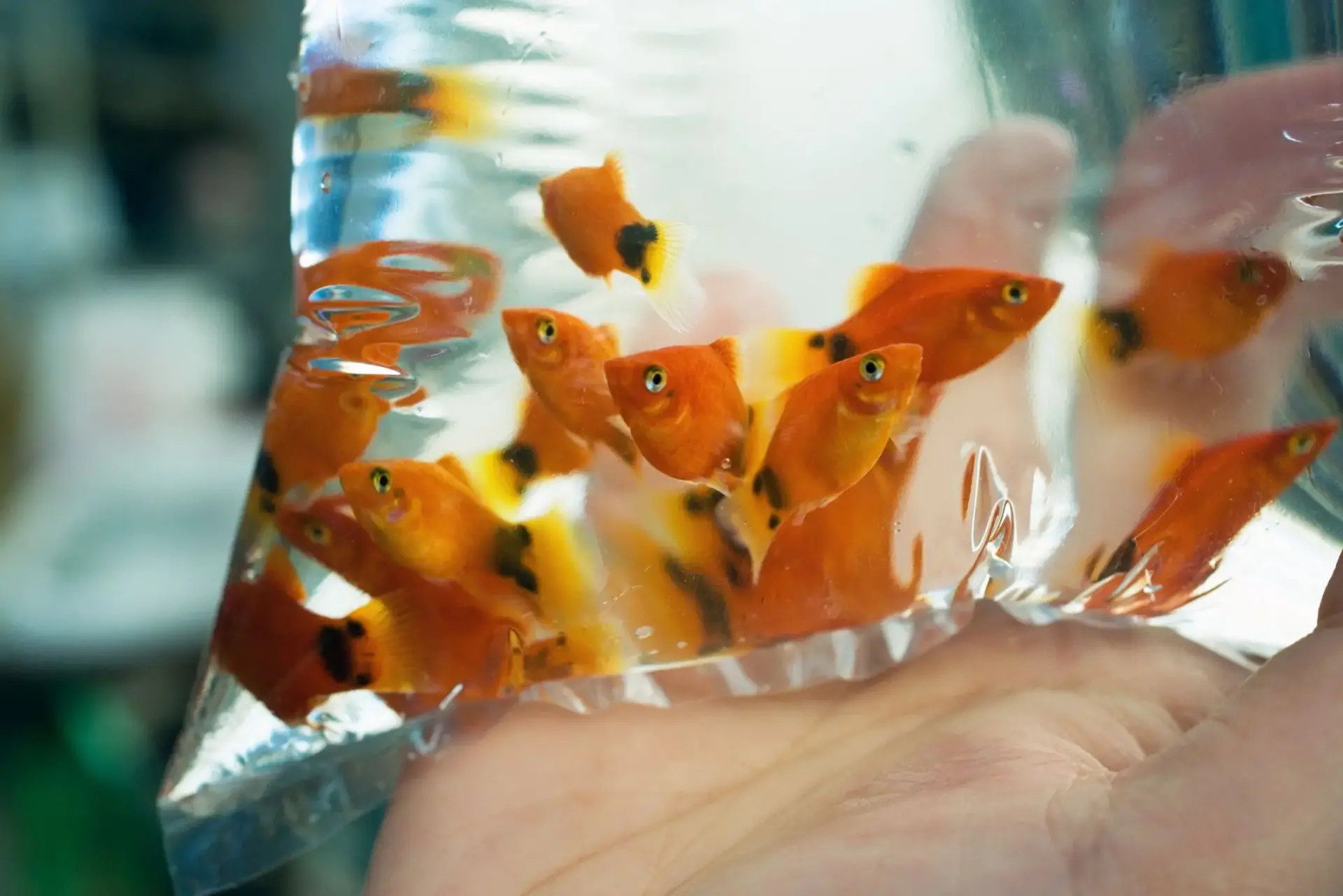
Starting your first aquarium is an exciting journey, but it can also feel overwhelming. Don’t worry! Whether you’re planning a vibrant tropical tank or a peaceful freshwater setup, this beginner-friendly guide will walk you through everything you need to know to create a healthy, beautiful aquarium.
Step 1: Choose the Right Aquarium
Size matters. A common mistake is starting with a tank that’s too small. Bigger tanks are actually easier to maintain because the water conditions are more stable.
For beginners, a 20- to 30-gallon tank is ideal. It gives you room to keep a variety of fish and allows a buffer for water quality.
Decide on a type:
Freshwater (best for beginners)
Saltwater (more complex, but stunning)
Coldwater (like goldfish tanks)
Step 2: Gather Your Equipment
Here’s a checklist of what you’ll need to get started:
Essential Equipment and Its Purpose
- Aquarium tank – Holds water and your aquatic life
- Filter – Keeps water clean and clear
- Heater (for tropical fish) – Maintains consistent water temperature
- Thermometer – Monitors the tank temperature
- Substrate (gravel or sand) – Base layer for decoration and plant support
- Lighting – Supports plant growth and fish health
- Water conditioner – Removes harmful chemicals from tap water
- Test kit – Monitors water quality (ammonia, nitrites, nitrates, pH)
- Aquarium decorations and plants – Provide hiding spots and mimic natural environments
Step 3: Set Up Your Tank
Now comes the fun part—putting everything together!
1. Place your aquarium
Avoid direct sunlight, which can cause algae growth. Make sure the stand is level and strong enough to support the tank (a filled 30-gallon tank weighs over 250 pounds!).
2. Add substrate
Rinse your gravel or sand before use to remove dust and dirt. Add 1–2 inches of substrate to the bottom of the tank.
3. Install equipment
Place your filter and heater in the tank, but don’t plug them in yet. Add your decorations and plants (either real or artificial) at this stage.
4. Fill with water
Place a bowl or plate on the substrate and pour water gently over it to avoid stirring things up. Fill the tank slowly. Add your water conditioner to make tap water safe for fish.
Step 4: Cycle the Tank
Cycling is the process of building up beneficial bacteria in your tank that help break down fish waste. It usually takes 3 to 6 weeks and is absolutely essential for a healthy aquarium.
There are two main methods:
Fishless cycling (recommended): Add a small amount of fish food or pure ammonia daily. This mimics fish waste and encourages bacterial growth.
Cycling with hardy fish: Use species like zebra danios, but be aware that this can put stress on the fish.
Use your water test kit to monitor the cycle. Once ammonia and nitrite levels drop to zero and nitrates are under 40 ppm, your tank is ready for fish.
Step 5: Add Your Fish (Slowly)

Don’t rush this step—add just a few fish at a time.
Let the fish float in their bag in the tank for 15–20 minutes to adjust to the temperature. Slowly mix in a bit of tank water over the next 30–60 minutes. Then gently release the fish into the tank.
Step 6: Maintain Your Aquarium
A healthy tank needs regular care. Here’s a simple maintenance schedule:
Daily
- Feed your fish only what they can eat in 2–3 minutes
- Check that all equipment is running properly
- Observe fish for signs of illness or stress
Weekly
- Test water parameters
- Change 10–25% of the water
- Clean the inside glass with a sponge or magnet cleaner
Monthly
- Rinse filter media in a bucket of tank water (not tap water!)
- Vacuum the substrate with a gravel cleaner
- Trim or rearrange plants and decorations as needed
Tips for Beginners
Don’t overfeed your fish. Uneaten food turns into waste, which pollutes the water.
Research your fish species before buying. Make sure they’re compatible and suitable for your tank size.
Be patient. Let your tank fully cycle before adding a full stock of fish.
Join fishkeeping forums or social groups to learn more and get help if needed.
Helpful Internal Links
Beginner-Friendly Freshwater Fish
How to Cycle Your Tank Without Fish
Top 10 Aquarium Plants for Beginners
Best Filter Systems for Small and Medium Tanks
Final Thoughts
Setting up your aquarium doesn’t have to be complicated. With a little planning, patience, and care, you’ll have a beautiful underwater world that you can enjoy for years to come. Fishkeeping is a rewarding hobby that teaches responsibility, relaxation, and the joy of watching nature in your living room.

